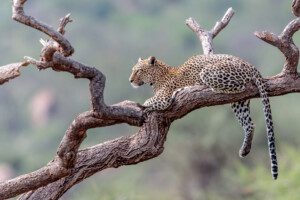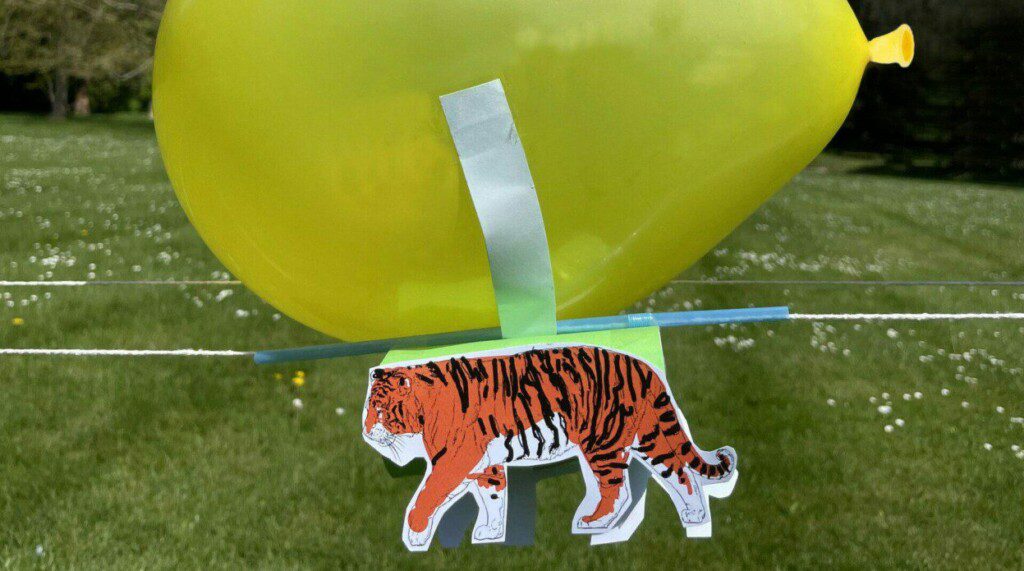Create your own Big Cat racer with our #MuseumMake – a fun craft activity inspired by The Powell-Cotton Museum.
The term “Big Cat” is often used to refer to members of the genus Panthera, this is the species that includes the tiger, lion, jaguar, leopard, and snow leopard. On this page, we are going to look at the leopard.
Four things you should know about leopards
Habitat
Leopards are found in sub-Saharan Africa, Northeast Africa, Central Asia, India, and China. They live in a wide variety of habitats that includes forests, subtropical and tropical regions, savannas, grasslands, deserts, and rocky and mountainous regions. They are adaptable animals and can live in both warm and cold climates.
Appearance

Leopards are the smallest of the big cats. Compared to other members of the cat family, leopards have relatively longer bodies and shorter legs. Fully grown they can be anywhere from about 60 to almost 200cm (from nose to rump). For small specimens, their tails can be nearly double their size: up to one metre long.
Most leopards are light-coloured and have dark spots on their fur. These spots are called “rosettes” because the shape is like that of a rose. No two leopards are the same because every leopard has a unique spot pattern.
Behaviour
Some big cats, like the lion, like to roam in groups but not the leopard. Leopards are extremely solitary animals, and they like to maintain their territory that they mark with scratches, urine and faeces (pee and poo) to warn other leopards to stay away. The only time you’ll usually ever see two leopards mingling in the same territory is if they’re a male and female looking to mate.
Female leopards give birth at any time of the year. When they do, they usually give birth to two or three cubs. Mothers stay with their cubs until they are about two years old when they are old enough to hunt and take care of themselves.
Leopards talk with each other through distinctive calls. When a male wants to make another leopard aware of his presence, he’ll make a hoarse, raspy cough. They also growl when angry and purr when happy and relaxed, just like domestic cats.
Listen to the audio of a leopard,
Leopards spend most of their days resting, camouflaged in the trees or hiding in caves. They are nocturnal animals which come out at night in search of food although their activity patterns can vary between the seasons.
Diet
Leopards are carnivores. They have a varied diet and eat bugs, fish, antelope, monkeys, rodents, deer, and even cheetah cubs and warthogs. They get most of their moisture from their food, so they can survive without drinking water for long periods of time.
When it comes to hunting for food, a leopard will approach with legs bent and head low, so as not to be seen. It stalks its prey carefully and quietly until it’s five to ten metres within range. Then it dashes forward and takes down its victim with a bite to the throat or neck. Small prey, such as small birds or mice, will receive a fatal blow from the leopard’s paw.
Leopards are skilled climbers and can carry their heavy prey up into the trees to guard their meal against other scavengers. They are also strong swimmers and can vary their diet with aquatic prey such as crabs and fish.
What Next?
You could
- make your own big cat racer with #MuseumMake. Download the activity sheet below.
- find out where in the world different species of leopard live
- discover the differences between big cats
- compare the sizes of leopards and other big cats


